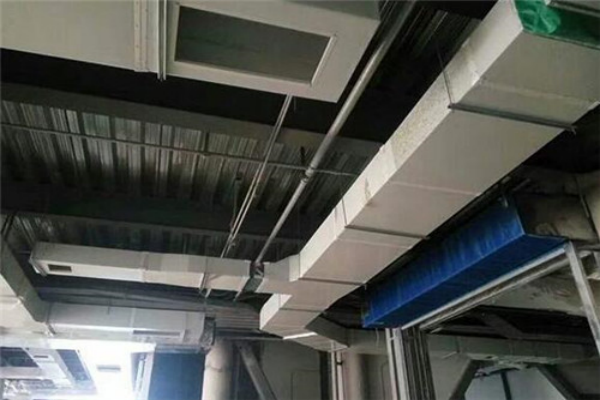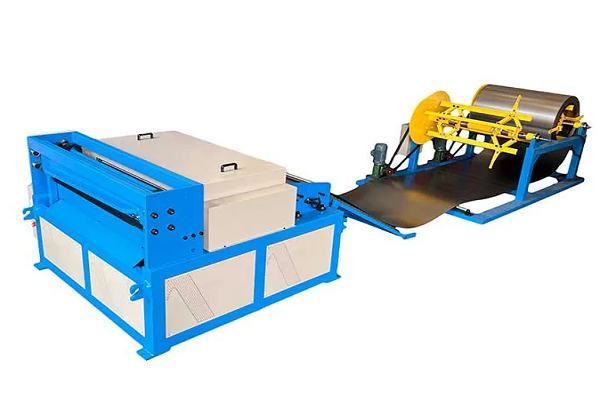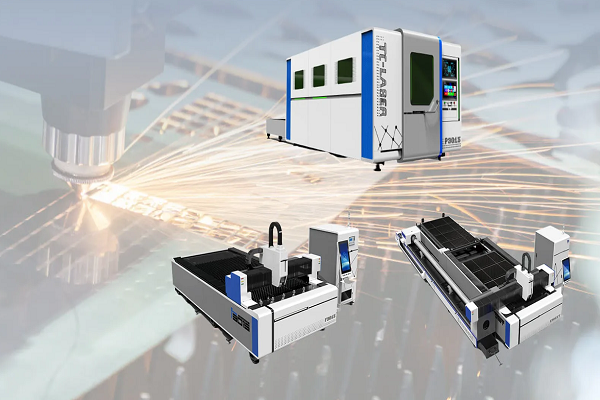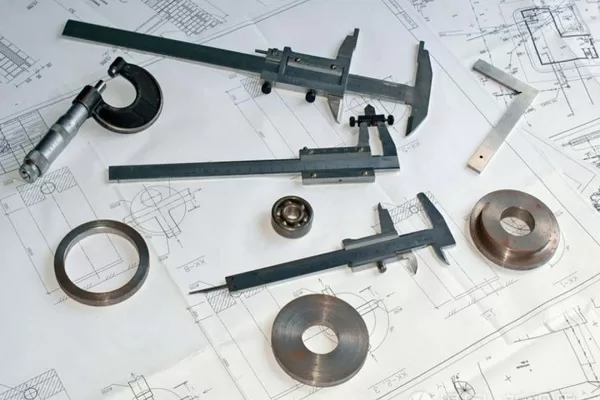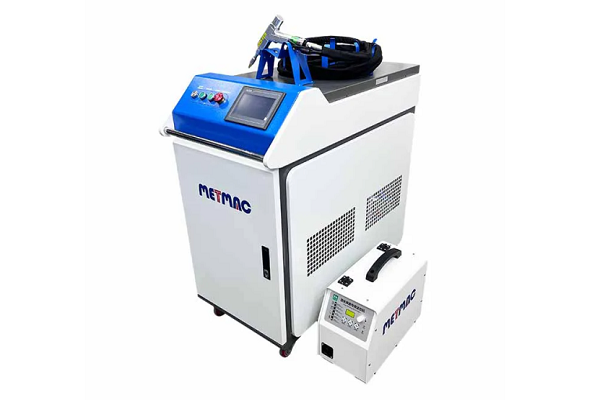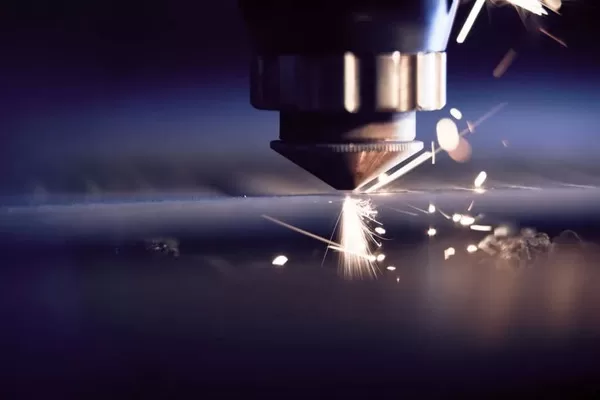
Using Sheet Forming Machines for Architectural Applications
- By:Metmac
- 2024-07-02
- 9
Sheet forming machines have revolutionized the architectural landscape, allowing architects and designers to create intricate and awe-inspiring building facades, interiors, and other structural elements. These machines employ advanced techniques to transform flat sheets of metal into complex curves, folds, and shapes.
Precision and Accuracy
Sheet forming machines utilize computerized numerical control (CNC) technology, ensuring exceptional precision and accuracy in the shaping process. This enables the creation of precise angles, radii, and other geometric features, resulting in structures with clean lines and seamless transitions. The high level of accuracy eliminates the need for manual adjustments and rework, saving time and reducing costs.
Design Flexibility
Sheet forming machines provide immense design flexibility, empowering architects to explore a wide range of shapes and configurations. They can produce intricate patterns, waves, curvature, and other aesthetic elements, opening up new possibilities for architectural expression. This flexibility allows for the creation of unique and visually striking structures that stand out in the competitive urban environment.
Material Versatility
Sheet forming machines work with a variety of materials, including aluminum, steel, copper, and stainless steel. Each material possesses distinct properties and finishes, allowing architects to customize their designs based on desired aesthetics, durability, and cost. The versatility of these machines makes them suitable for a diverse range of architectural applications, from residential homes to commercial buildings and industrial facilities.
Cost Efficiency
Sheet forming machines optimize material usage by nesting shapes efficiently within the sheet, minimizing waste. This not only reduces material costs but also contributes to environmental sustainability. Furthermore, the precision and automation of these machines reduce labor requirements and eliminate costly manual processes, resulting in significant cost savings over traditional fabrication methods.
Sustainability
Sheet forming processes are environmentally sustainable as they minimize material waste and reduce the need for additional finishing treatments. The use of lightweight metals, such as aluminum, further enhances sustainability by reducing the building’s overall weight and carbon footprint. Additionally, these machines often have energy-efficient features, such as variable-speed drives and optimized hydraulic systems, which contribute to reduced energy consumption.
Conclusion
Sheet forming machines have become essential tools for architects and designers seeking to push the boundaries of architectural expression. Their precision, design flexibility, material versatility, cost efficiency, and sustainability make them ideal for creating innovative and visually captivating structures. As technology continues to advance, sheet forming machines will continue to shape the future of architecture, enabling the creation of even more remarkable and awe-inspiring structures.
-
Innovations in Steel Strip Slitting Machine Design and Technology
2024/05/11 -
Improving Accuracy in Metal Fabrication with Laser Metal Shear Machines
2024/05/11 -
Latest Technological Advancements in Rectangular Duct Machines
2024/05/11 -
Integrating Automation with Rectangular Duct Machines for Enhanced Productivity
2024/05/11
